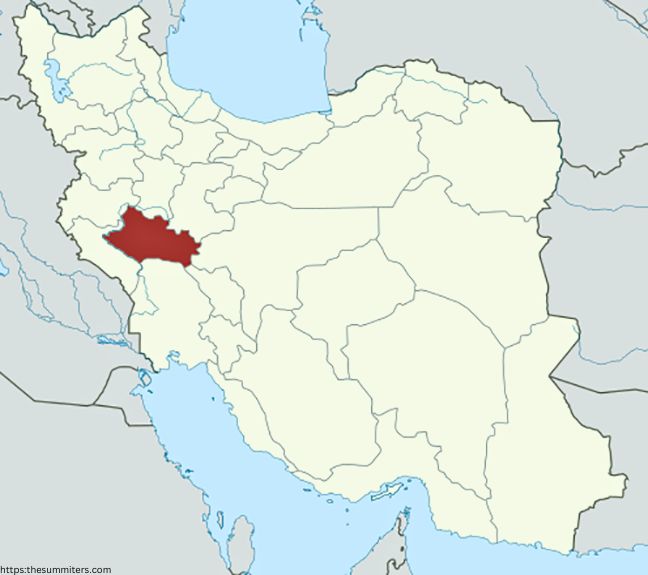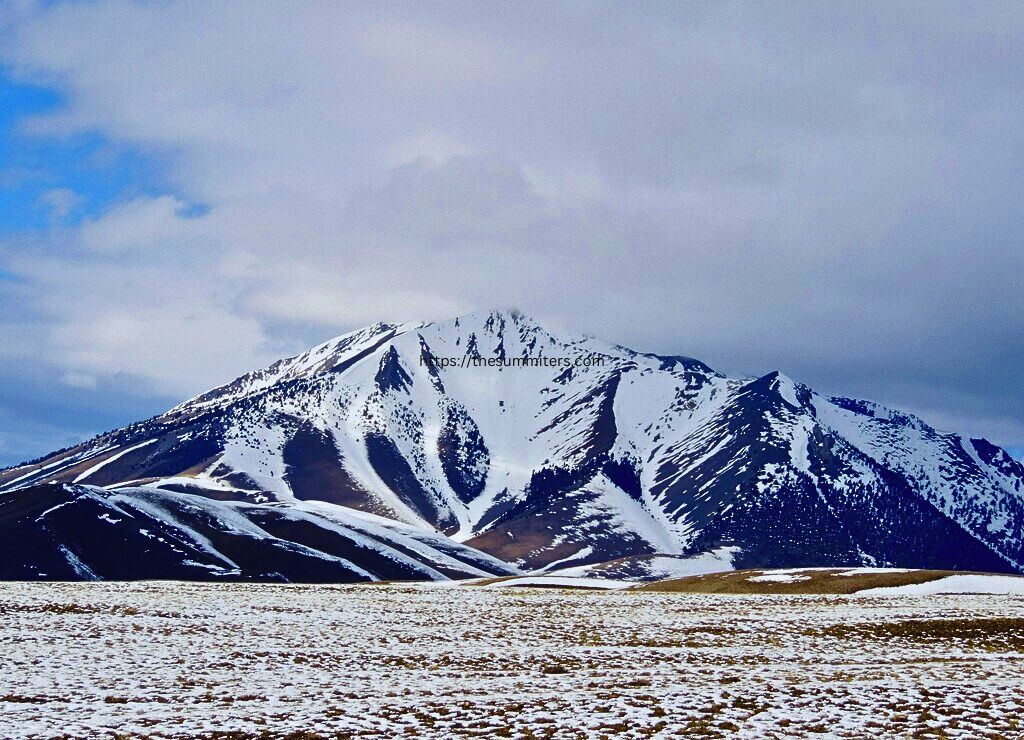On November 24th, a tragic avalanche struck a group of nine climbers ascending the towering San Boran Peak, standing proudly at 4,150 meters within the majestic Oshtorankuh range in western Iran.
Reports from the IRNA news agency unveiled a concerning detail: despite local authorities warning against perilous conditions, the climbers embarked on their journey a day prior. Recent heavy rainfall coupled with snowfall higher up had created hazardous circumstances in the area.
When the avalanche cascaded down, rescuers swiftly acted, transporting four injured climbers to the hospital. However, the fate of five others remained unknown. As the day progressed, the discovery of two bodies shook the rescuers, leaving three individuals still unaccounted for. The tireless efforts of the Red Crescent ultimately led to locating these remaining victims the following Saturday.
The Oshtorankuh range, nestled within the Zagros Mountains that span Iran, northern Iraq, and southeastern Turkey, holds a significant cultural meaning. Translating to “mountain of camels” in Persian, its eight peaks soaring above 4,000 meters create a striking resemblance to a caravan of camels. San Boran Peak, a prominent pinnacle within this range, sits approximately 300 kilometers southwest of Tehran.

This heart wrenching incident is unfortunately not the first of its kind in Iran. In 2020, a series of avalanches claimed the lives of 12 individuals in these unforgiving mountains. Late autumn and winter are cautioned periods for mountaineering here due to the perilous nature of the terrain, a caution that tragically echoed in this recent event.
Read More: The Mysterious Disappearance of Mario Conti, Legendary Patagonia Climber
San Boran Peak
San Boran Peak rises proudly at 4,150 meters within the Oshtorankuh range, a stunning part of Iran’s Zagros Mountains. It’s not just a mountain; it’s a magnet for adventurers and nature lovers, its name “mountain of camels” reflecting the way its eight peaks over 4,000 meters resemble a caravan from afar. This peak isn’t just about its grandeur; it’s a symbol of heritage and stories of resilience etched into its stones.

But this beauty hides a risky side. The Oshtorankuh range, where San Boran stands tall, demands respect. Weather here can change fast, turning calm moments into dangerous situations in no time. Recent tragedies, like the avalanche hitting climbers despite warnings, remind us how unforgiving this terrain can be. Yet, the challenge lures thrill-seekers, sometimes leading to heartbreaking outcomes, despite cautionary advice.
Beyond the danger and allure, San Boran Peak symbolizes resilience and exploration. It invites bold souls to experience both its serene beauty and its wild, untamed essence. The tales woven into its rocky facade and the memories etched into those who’ve dared its slopes testify to human determination in facing nature’s powerful yet awe-inspiring creations.
It’s not just a mountain; it’s a representation—a blend of nature’s magnificence, human aspirations, and the balance between conquering and respecting its force. It’s a constant reminder that while nature’s beauty captivates, its might demands careful reverence. Amidst its stunning views and tough climbs lies a story of adventure, caution, and an unyielding passion for exploration that continues to attract adventurers worldwide.